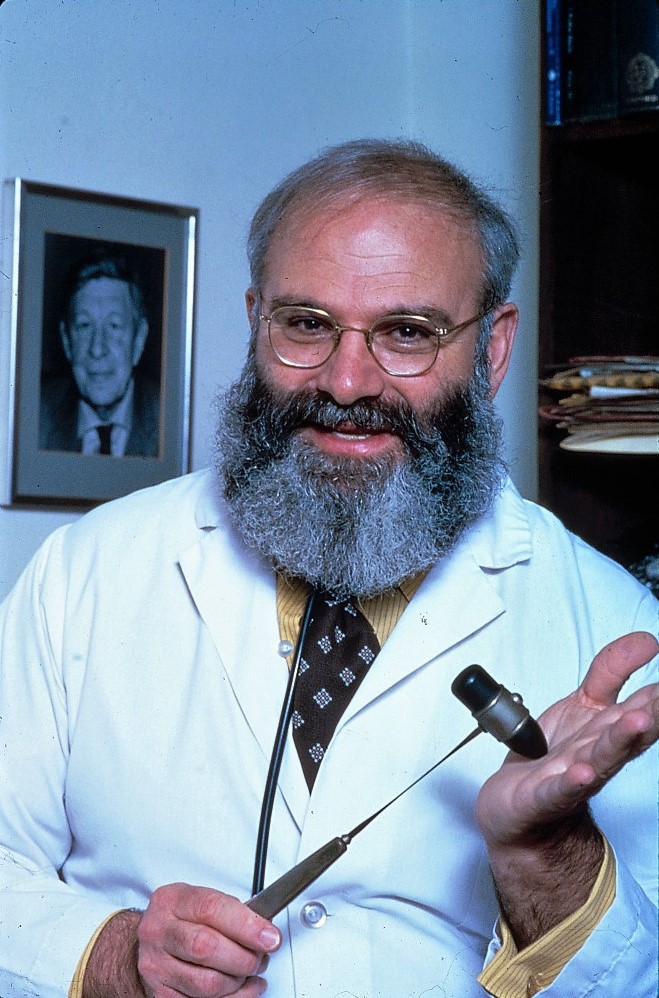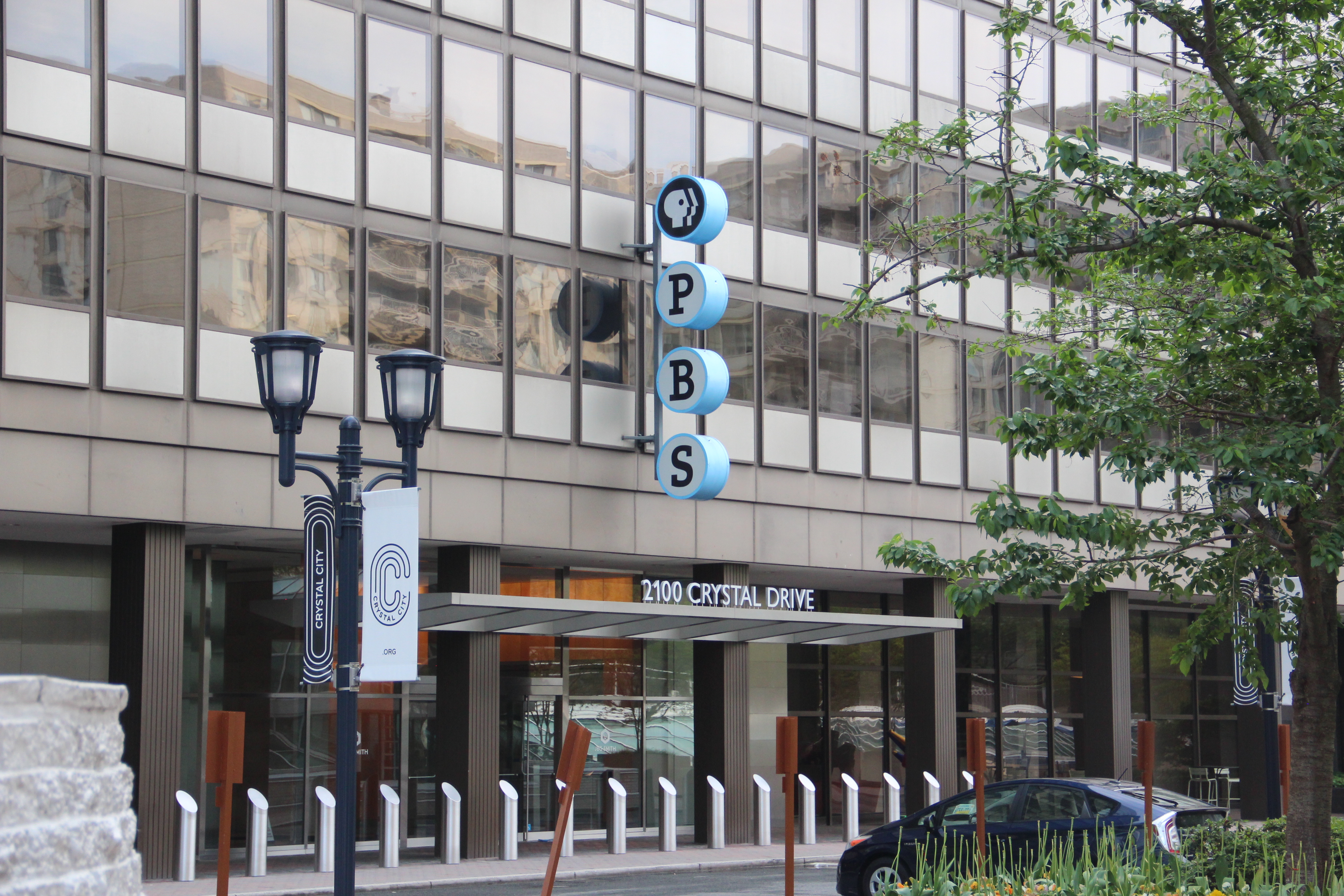|
Musical Minds
''Musical Minds'' is a Nova (American TV series), ''Nova'' documentary based on neurologist Oliver Sacks's 2007 book ''Musicophilia: Tales of Music and the Brain'' about music and the human brain aired on June 30, 2009 on Public Broadcasting Service (PBS). The documentary features blind piano savant syndrome, savant Derek Paravicini, Matt Giordano and Tony Cicoria. References External linksOfficial websitePBS ''The New York Times'' TV review June 29. 2009. 2009 American television episodes Documentary films about science Nova (American TV program) episodes PBS original programming Television series by WGBH Documentary films about music and musicians {{Sci-documentary-stub ... [...More Info...] [...Related Items...] OR: [Wikipedia] [Google] [Baidu] |
Nova (American TV Series)
''Nova'' (stylized as ''NOVΛ'') is an American popular science television program produced by WGBH in Boston, Massachusetts, since 1974. It is broadcast on PBS in the United States, and in more than 100 other countries. The program has won many major television awards. ''Nova'' often includes interviews with scientists doing research in the subject areas covered and occasionally includes footage of a particular discovery. Some episodes have focused on the history of science. Examples of topics covered include the following: Colditz Castle, the Drake equation, elementary particles, the 1980 eruption of Mount St. Helens, Fermat's Last Theorem, the AIDS epidemic, global warming, moissanite, Project Jennifer, storm chasing, Unterseeboot 869, Vinland, Tarim mummies, and the COVID-19 pandemic. The ''Nova'' programs have been praised for their pacing, writing, and editing. Websites that accompany the segments have also won awards. Episodes History ''Nova'' was first aired o ... [...More Info...] [...Related Items...] OR: [Wikipedia] [Google] [Baidu] |
Oliver Sacks
Oliver Wolf Sacks, (9 July 1933 – 30 August 2015) was a British neurologist, naturalist, historian of science, and writer. Born in Britain, Sacks received his medical degree in 1958 from The Queen's College, Oxford, before moving to the United States, where he spent most of his career. He interned at Mount Zion Hospital in San Francisco and completed his residency in neurology and neuropathology at the University of California, Los Angeles (UCLA). After a fellowship at the Albert Einstein College of Medicine, he served as neurologist at Beth Abraham Hospital's chronic-care facility in the Bronx, where he worked with a group of survivors of the 1920s sleeping sickness encephalitis lethargica, who had been unable to move on their own for decades. His treatment of those patients became the basis of his 1973 book '' Awakenings'', which was adapted into an Academy Award-nominated feature film in 1990, starring Robin Williams and Robert De Niro. His numerous other best-selling ... [...More Info...] [...Related Items...] OR: [Wikipedia] [Google] [Baidu] |
Tales Of Music And The Brain
{{disamb ...
Tales may refer to: Arts and entertainment * ''Tales'' (album), a 1995 album by Marcus Miller * ''Tales'' (film), a 2014 Iranian film * ''Tales'' (TV series), an American television series * ''Tales'' (video game), a 2016 point-and-click adventure game * ''Tales'' (video game series), a series of role-playing games *"Tales", or "Tales from the Forest of Gnomes", a song by Wolfmother from ''Wolfmother'' *"Tales", a song by Schoolboy Q from ''Crash Talk'' Geography *Tales, Castellón, a municipality in Spain *Täles Railway (other), two railway lines in Baden-Württemberg in Germany People *Rémi Tales (born 1984), French rugby union player *Tales Schütz, Brazilian footballer See also *Tale (other) Tale may refer to: * Narrative, or story, a report of real or imaginary connected events * TAL effector (TALE), a type of DNA binding protein * Tale, Albania, a resort town * Tale, Iran, a village * Tale, Maharashtra, a village in Ratnagiri distri ... [...More Info...] [...Related Items...] OR: [Wikipedia] [Google] [Baidu] |
Music
Music is generally defined as the art of arranging sound to create some combination of form, harmony, melody, rhythm or otherwise expressive content. Exact definitions of music vary considerably around the world, though it is an aspect of all human societies, a cultural universal. While scholars agree that music is defined by a few specific elements, there is no consensus on their precise definitions. The creation of music is commonly divided into musical composition, musical improvisation, and musical performance, though the topic itself extends into academic disciplines, criticism, philosophy, and psychology. Music may be performed or improvised using a vast range of instruments, including the human voice. In some musical contexts, a performance or composition may be to some extent improvised. For instance, in Hindustani classical music, the performer plays spontaneously while following a partially defined structure and using characteristic motifs. In modal jazz ... [...More Info...] [...Related Items...] OR: [Wikipedia] [Google] [Baidu] |
Human Brain
The human brain is the central organ of the human nervous system, and with the spinal cord makes up the central nervous system. The brain consists of the cerebrum, the brainstem and the cerebellum. It controls most of the activities of the body, processing, integrating, and coordinating the information it receives from the sense organs, and making decisions as to the instructions sent to the rest of the body. The brain is contained in, and protected by, the skull bones of the head. The cerebrum, the largest part of the human brain, consists of two cerebral hemispheres. Each hemisphere has an inner core composed of white matter, and an outer surface – the cerebral cortex – composed of grey matter. The cortex has an outer layer, the neocortex, and an inner allocortex. The neocortex is made up of six neuronal layers, while the allocortex has three or four. Each hemisphere is conventionally divided into four lobes – the frontal, temporal, parietal, and occipital lo ... [...More Info...] [...Related Items...] OR: [Wikipedia] [Google] [Baidu] |
Public Broadcasting Service
The Public Broadcasting Service (PBS) is an American public broadcaster and non-commercial, free-to-air television network based in Arlington, Virginia. PBS is a publicly funded nonprofit organization and the most prominent provider of educational programming to public television stations in the United States, distributing shows such as ''Frontline'', '' Nova'', ''PBS NewsHour'', ''Sesame Street'', and ''This Old House''. PBS is funded by a combination of member station dues, the Corporation for Public Broadcasting, pledge drives, and donations from both private foundations and individual citizens. All proposed funding for programming is subject to a set of standards to ensure the program is free of influence from the funding source. PBS has over 350 member television stations, many owned by educational institutions, nonprofit groups both independent or affiliated with one particular local public school district or collegiate educational institution, or entities owned by or r ... [...More Info...] [...Related Items...] OR: [Wikipedia] [Google] [Baidu] |
Savant Syndrome
Savant syndrome () is a rare condition in which someone with significant mental disabilities demonstrates certain abilities far in excess of average. The skills that savants excel at are generally related to memory. This may include rapid calculation, artistic ability, map making, or musical ability. Usually, only one exceptional skill is present. Those with the condition generally have a neurodevelopmental disorder such as autism spectrum disorder or have a brain injury. About half of cases are associated with autism, and these individuals may be known as "autistic savants". While the condition usually becomes apparent in childhood, some cases develop later in life. It is not recognized as a mental disorder within the DSM-5. Savant syndrome is estimated to affect around one in a million people. The condition affects more males than females, at a ratio of 6:1. The first medical account of the condition was in 1783. Among those with autism, 1 in 10 to 1 in 200 have savant synd ... [...More Info...] [...Related Items...] OR: [Wikipedia] [Google] [Baidu] |
Derek Paravicini
Derek Paravicini (born 26 July 1979) is an English autistic savant known as a musical prodigy. He resides in London. Biography On 26 July 1979, Paravicini was born at Royal Berkshire Hospital in Reading, He was born extremely prematurely, at 25 weeks, along with a twin sister, who did not survive birth. He was blinded by an overdosage of oxygen therapy given during his time in a neonatal intensive care unit. This also affected his developing brain, resulting in him having a severe learning disability. He also is considered to be on the autism spectrum. Paravicini has absolute pitch and can play any piece of music after hearing it once. He began playing the piano at the age of two when his nanny gave him an old keyboard. His parents arranged for him to attend the Linden Lodge School for the Blind in London. On his introductory visit to the school, in the music room he broke free from his parents, then headed straight for a piano being played. He pushed the player aside to ta ... [...More Info...] [...Related Items...] OR: [Wikipedia] [Google] [Baidu] |
Tony Cicoria
Anthony Cicoria (born 1952) is an "acquired savant" — someone who exhibits extraordinary abilities after CNS injury or disease, as opposed to a person born with autism or other developmental disability. He is a doctor specializing in orthopedic medicine, orthopedic surgery, orthotics, prosthetic supplies, and sports medicine. He is best known for acquiring an unusual affinity for music after being struck by lightning. He was profiled in neurologist Oliver Sacks' book '' Musicophilia: Tales of Music and the Brain'' (2007). Biography Cicoria received his BS in Biology from The Citadel and graduated from the Medical University of South Carolina (MD, PhD) and the University of Virginia Orthopedic Surgery Residency. Cicoria is a practicing orthopedic surgeon, and is Chief of the Medical Staff and Chief of Orthopedics at Chenango Memorial Hospital, Norwich, New York. He is also Clinical Assistant Professor of Orthopedics at State University of New York Upstate Medical University, i ... [...More Info...] [...Related Items...] OR: [Wikipedia] [Google] [Baidu] |
The New York Times
''The New York Times'' (''the Times'', ''NYT'', or the Gray Lady) is a daily newspaper based in New York City with a worldwide readership reported in 2020 to comprise a declining 840,000 paid print subscribers, and a growing 6 million paid digital subscribers. It also is a producer of popular podcasts such as '' The Daily''. Founded in 1851 by Henry Jarvis Raymond and George Jones, it was initially published by Raymond, Jones & Company. The ''Times'' has won 132 Pulitzer Prizes, the most of any newspaper, and has long been regarded as a national " newspaper of record". For print it is ranked 18th in the world by circulation and 3rd in the U.S. The paper is owned by the New York Times Company, which is publicly traded. It has been governed by the Sulzberger family since 1896, through a dual-class share structure after its shares became publicly traded. A. G. Sulzberger, the paper's publisher and the company's chairman, is the fifth generation of the family to head the pa ... [...More Info...] [...Related Items...] OR: [Wikipedia] [Google] [Baidu] |
2009 American Television Episodes
9 (nine) is the natural number following and preceding . Evolution of the Arabic digit In the beginning, various Indians wrote a digit 9 similar in shape to the modern closing question mark without the bottom dot. The Kshatrapa, Andhra and Gupta started curving the bottom vertical line coming up with a -look-alike. The Nagari continued the bottom stroke to make a circle and enclose the 3-look-alike, in much the same way that the sign @ encircles a lowercase ''a''. As time went on, the enclosing circle became bigger and its line continued beyond the circle downwards, as the 3-look-alike became smaller. Soon, all that was left of the 3-look-alike was a squiggle. The Arabs simply connected that squiggle to the downward stroke at the middle and subsequent European change was purely cosmetic. While the shape of the glyph for the digit 9 has an ascender in most modern typefaces, in typefaces with text figures the character usually has a descender, as, for example, in . The mod ... [...More Info...] [...Related Items...] OR: [Wikipedia] [Google] [Baidu] |






.png)